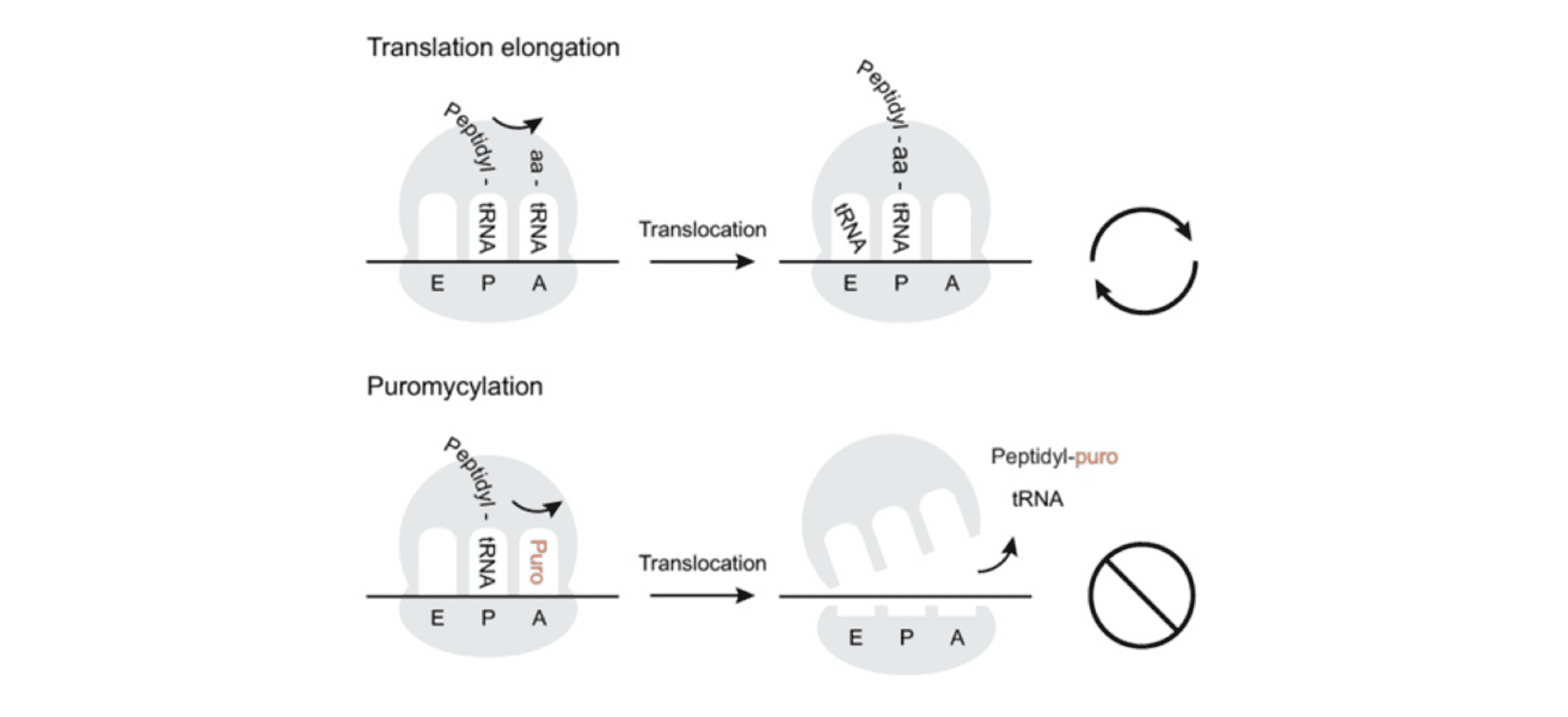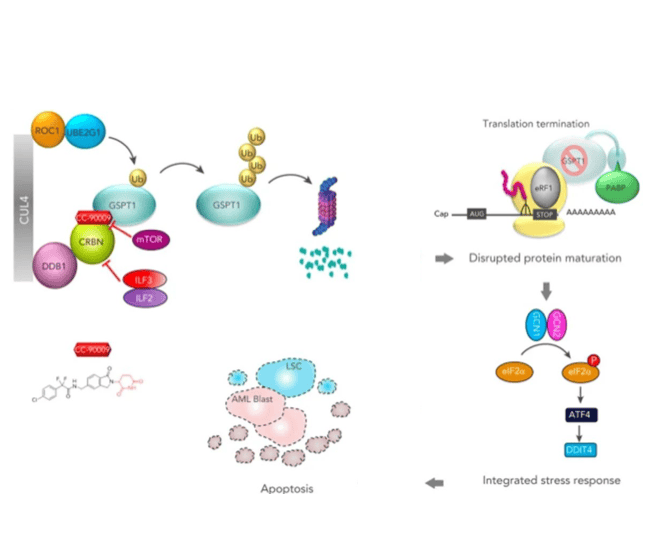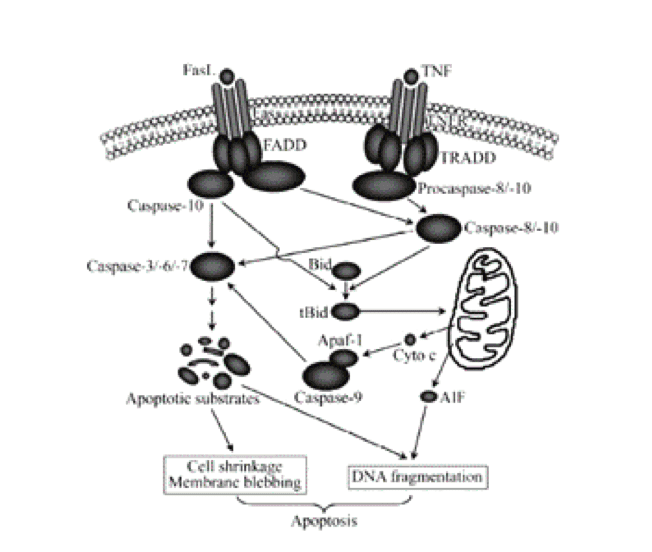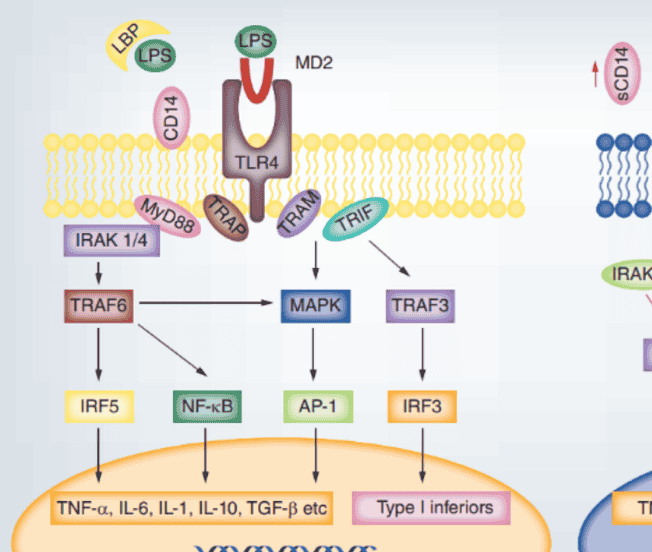- Remove All


NEWS | 31 May 2024
By TargetMol

Puromycin dihydrochloride, catalog number T2219, also known as Puromycin 2HCl or CL13900 dihydrochloride, is the salt form of puromycin. Under identical experimental conditions, compounds in their salt form exhibit the same biological activity as their free base counterparts at the same molar concentration. However, Puromycin dihydrochloride typically has better water solubility and stability compared to the free base form.
Mechanism of Action
Its mechanism of action involves inhibiting the peptidyl transferase on prokaryotic and eukaryotic ribosomes, thereby blocking protein synthesis. During the elongation phase of translation, an aminoacyl-tRNA enters the A site and accepts the nascent polypeptide chain from the peptidyl-tRNA located in the P site. After translocation, the A site becomes available to accommodate the next aminoacyl-tRNA. Similar to aminoacyl-tRNA, puromycin can enter the A site and be incorporated into the growing polypeptide chain. This leads to the termination of protein translation, ribosome disassembly, and the release of immature polypeptides with puromycin at the C-terminus.
This inhibitory effect makes puromycin very useful in molecular and cell biology research, particularly in studies of protein synthesis, gene expression, and the regulatory mechanisms of the cell cycle.

Application
Puromycin is an antibiotic and protein synthesis inhibitor primarily produced by Streptomyces alboniger, exhibiting antitumor and antitrypanosomal activities. Due to its ability to interfere with the translation process in both prokaryotic and eukaryotic organisms, puromycin is mainly used as a biochemical tool for studying protein synthesis.
Additionally, it can be used as a selective antibiotic in mammalian and insect cell culture systems to screen and maintain stable transgenic cell lines. It is commonly used to select cells capable of expressing the pac gene.
References
[1] Aviner R. The science of puromycin: From studies of ribosome function to applications in biotechnology. Comput Struct Biotechnol J. 2020;18:1074-1083. Published 2020 Apr 24. doi:10.1016/j.csbj.2020.04.014
[2] Han W, et al. Roles of eIF3m in the tumorigenesis of triple negative breast cancer. Cancer Cell Int. 2020 Apr 29;20:141.
[3] Chan C, et al. Incompatibility of chemical protein synthesis inhibitors with accurate measurement of extended protein degradation rates. Pharmacol Res Perspect. 2017 Oct;5(5):e00359.




An essential round-up of science news, opinion and analysis, delivered to your inbox every weekday.

Copyright © 2015-2024 TargetMol Chemicals Inc. All Rights Reserved.